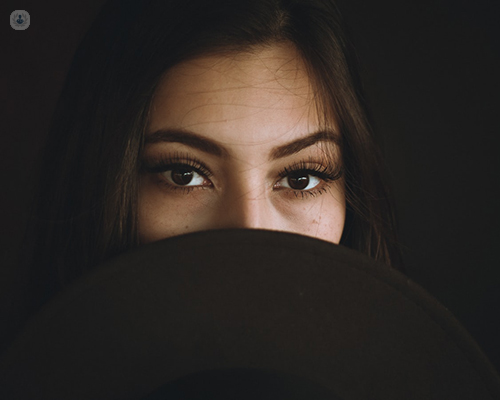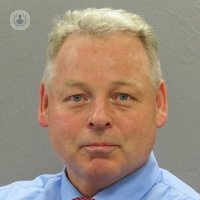Is a revision rhinoplasty a common procedure?
Autore:There are around approximately 4,000 rhinoplasties carried out in the UK in a year and it is regarded that between five to ten per cent of those operations may require revision. At the Harley Street Nose Clinic, ENT Surgeon Mr David Roberts sees a lot of patients who have had unfavourable results from primary rhinoplasty and therefore he sees a great number of patients requesting revision and secondary rhinoplasty.

How common is revision rhinoplasty?
There is an unfortunate number of patients who require revision rhinoplasty but it is the consequence of the nature of the surgery. It is not necessarily a reflection of the surgical competencies. As revision rhinoplasty is as an operation, there are unpredictable factors like scarring and healing, which may cause the result to be suboptimal.
Around 85% of my rhinoplasty practise is revision surgeries. I see an enormous number of revision cases and certainly, that would be reflected in the other colleagues working within the Harley Street Nose Clinic. So regrettably, it is quite a common occurrence.
What does the healing process look like after rhinoplasty?
Following rhinoplasty, patients wake up with a plaster (Paris splint) on their nose. They often have some stitches at the base of the nose and there will be bruising. The bruising will worsen for three or four days, which is to be expected and often patients get quite puffy around the eyes.
Here in our practice, we would keep the plaster on for about a week and the stitches also for about a week. You would then return to the clinic to have the plaster and the stitches removed at that stage.
When the plaster comes off, the nose is not how it's going to look long term. It will take several weeks for the initial swelling to settle but we would say that by two weeks, patients can return to work without any noticeable swelling. Certainly, the majority of the bruising will have settled by that stage but there are situations where the bruising can last a little bit longer.
I think the majority of patients begin to feel comfortable with the shape of their nose at around six to eight weeks where the majority of the swelling has settled. It will take up to a year for swelling, scarring and the sensation within the nose to return to normal.
Following the secondary rhinoplasty, it actually may take longer than that. It is a complex and real process for patients to go through because the final result does take a while to achieve.
Is there anything I should be doing after having a revision rhinoplasty?
In my opinion, the post-operative management following primary and secondary rhinoplasty is very much the same. For the first week with the cast and the stitches, patients should avoid strenuous exercise as the risk of bleeding is greater at that stage. Once the cast is off and the stitches are out, we would suggest that normal cardiovascular type exercise can be resumed at about two weeks.
I think Pilates, yoga and swimming should be delayed for four to six weeks after the operation because it tends to promote more swelling. The ‘more active you are during this time span, the more that the nose will become puffier. Contact sports such as tennis, rugby should also be delayed for six to eight weeks.
We also recognise that the nose is generally more variable over those first few months. When you wake up in the morning, it may be puffier and that response takes two or three months to calm down.
Read more on when it is the best time to have revision rhinoplasty


